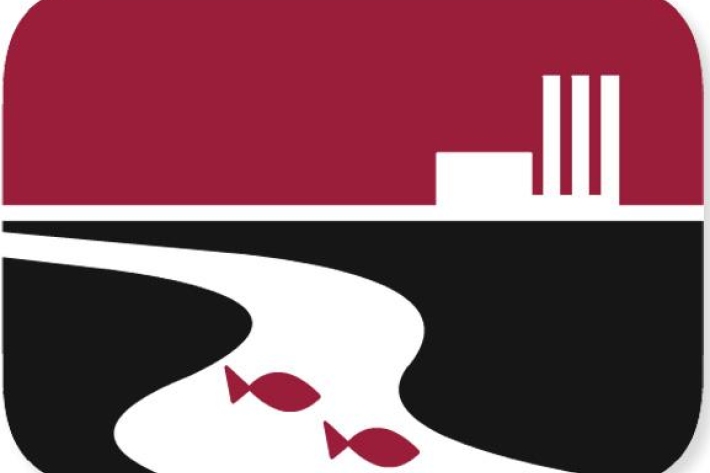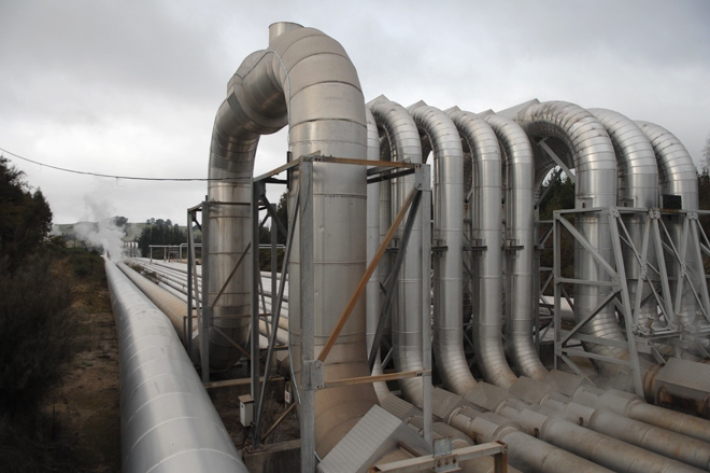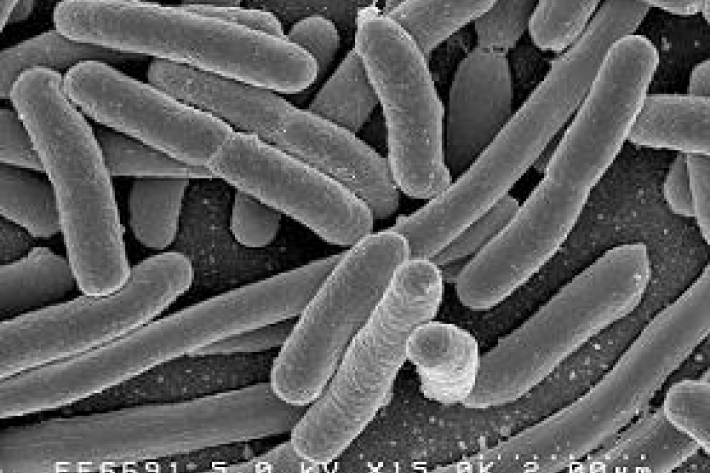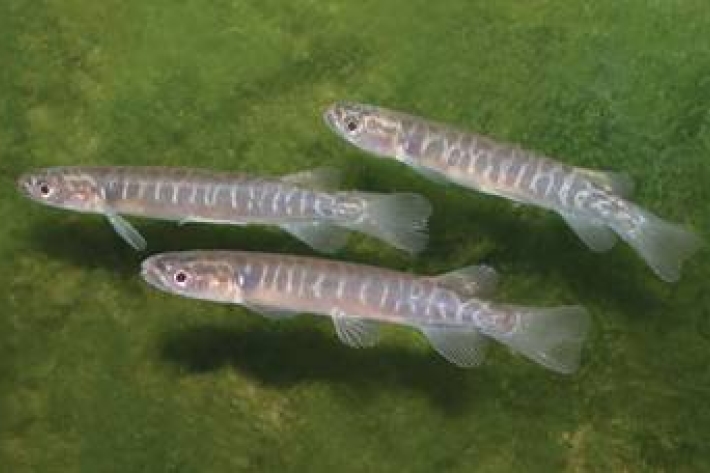Kaitiaki Tools were developed to assist people involved in the resource consent process and focusses on the potential impact of land-use change or point source discharges on freshwater mahinga kai. Mahinga kai describes the practices of customary gathering of food and natural materials, and the places where those resources are gathered, including rivers lakes and streams.
Kaitiaki Tools provide the scientific information on the potential environmental effects (both negative and positive) of activities for which resource consent is sought, as well as possible mitigation options and links to monitoring tools and regional plans.
This project was completed in 2011. Some information may be outdated.
-

What is Kaitiaki Tools?
Kaitiaki Tools is a guide to teach people (especially hapū and iwi groups) who manage the resource consent process. -

Mitigation and best practice options
Ways to minimise the effects of wood processing activities on water quality and mahinga kai are listed below. -

What is the proposed activity or industry?
Various industries and land use activities have the potential to impact on water quality and mahinga kai unless properly managed. -

What impacts interest you?
Different land uses and point source discharges can cause a variety of environmental impacts on water quality and mahinga kai. -

Mahinga kai - what species interests you?
In Kaitiaki Tools the term mahinga kai generally refers to indigenous freshwater species that have traditionally been used as food, tools, or other resources. -

About the resource consent process
Learn about the Resource Management Act, Resource Consents, and how to prepare a submission.
